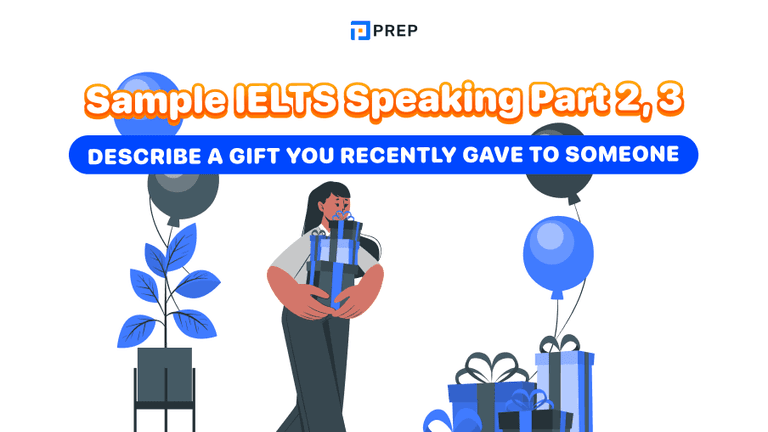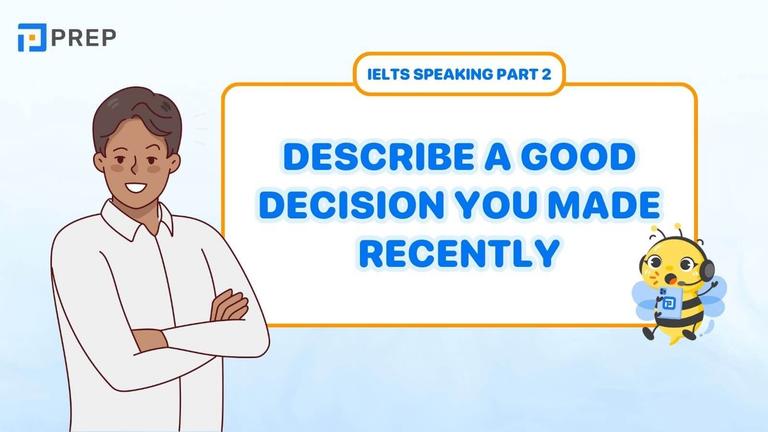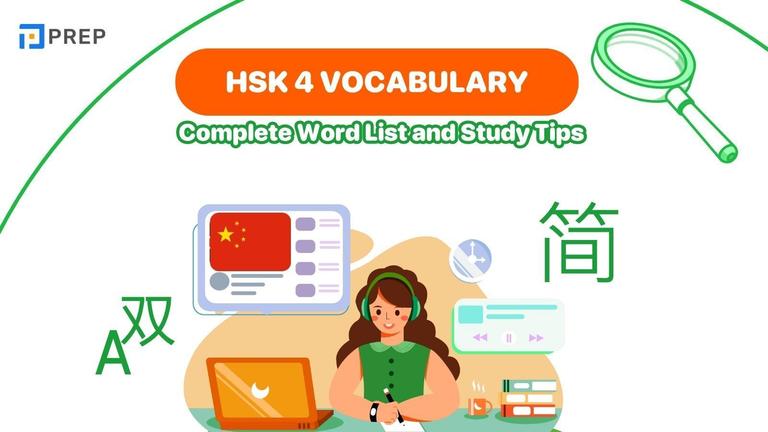Sales English Conversation – Phrases and Dialogues
Sales English conversation is essential for professionals who want to communicate effectively with customers and clients. This guide introduces useful phrases, provides real-life dialogues for retail, B2B, and email contexts, and shares tips to practice through videos and role-plays.
I. Common Sales English Conversation Phrases
Effective sales conversations often follow a predictable cycle—starting with building rapport, moving through product introduction, handling questions or objections, and finally closing the sale. Learning the right phrases for each stage will help you sound natural, confident, and professional when speaking English with customers.
Below are commonly used phrases grouped by each major stage of the sales process. —see real-life sales english conversation.
Greetings and Building Rapport
This phase creates a first impression and builds initial trust.
Useful Phrases:
- Good morning! How can I help you today?
- It’s great to speak with you—thank you for taking the time.
- Before we begin, can I ask a few quick questions to better understand your needs?
- I’ve looked into your company and I think we might be a great fit.
Use polite, friendly language to establish comfort before offering any product or solution — review core openings in greetings in english.
Introducing Products or Services
Your goal here is to communicate value clearly and tailor your pitch to the customer’s needs.
Useful Phrases:
- Let me introduce our latest product range…
- What makes this solution different is…
- Based on your needs, this package might be the most suitable.
- This is ideal for companies looking to increase efficiency.
- Would you like a live demonstration?
Focus on benefits instead of just features, and connect those benefits to the customer’s pain points or goals — handle value talk and prices in english confidently.
Handling Questions and Objections
It’s natural for customers to have doubts; use your words to reassure and reframe.
Useful Phrases:
- That’s a great question—thank you for asking.
- I understand your concern. What I can do is…
- Many of our clients had similar hesitations at first.
- Let me clarify that for you…
- Would it help if I showed you how another client handled this?
Keep a calm, empathetic tone and focus on solutions, not pressure — structure fuller replies with how to expand answers in ielts speaking.
Closing the Sale
Once objections are addressed, it's time to move forward and confirm the next steps.
Useful Phrases:
- Shall we go ahead with that option?
- Would you like me to prepare a quote or invoice?
- When would be a good time to schedule delivery?
- What payment method would you prefer?
- Great—thank you! I’ll send the confirmation email shortly.
Keep your close natural and assumptive. Make it easy for the customer to say "yes."
II. Examples of Sales English Conversations
Learning key phrases is essential—but knowing how to apply them in real conversations is what makes the difference. In this section, you'll explore sample dialogues that demonstrate how sales professionals communicate with different types of customers in English.
1. Everyday Sales English Dialogues
In day-to-day sales and customer service, English conversations are expected to be polite, direct, and customer-focused. Below are three real-world scenarios where effective and natural English makes a difference—whether you're selling face-to-face, providing service at a counter, or making a call.
Scenario 1: Retail Store – Clothing Shop
- Customer: Hello, do you have this jacket in a larger size?
- Sales Assistant: Yes, we do. What size are you looking for?
- Customer: A size L, please.
- Sales Assistant: Let me check for you… Yes, we have size L in navy and black. Would you like to try it on?
- Customer: Yes, please.
- Sales Assistant: The changing rooms are right this way. Let me know if you need a different color or style.
Key phrases:
- “Let me check for you.”
- “Would you like to try it on?”
- “Let me know if…”
This situation focuses on useful questions for assisting customers and offering options without being too pushy —see service tone in conversations in restaurants.
Scenario 2: Customer Service Counter – Electronics Store
- Customer: Hi, I bought these headphones last week, but there’s no sound in the left ear.
- Staff: I’m sorry to hear that. Do you still have the receipt with you?
- Customer: Yes, here it is.
- Staff: Thank you. We can exchange it for a new pair or offer a full refund. What would you prefer?
- Customer: I’ll take a new one, please.
- Staff: Certainly. I’ll bring a replacement—please give me a moment.
Key phrases:
- “I’m sorry to hear that.”
- “We can exchange it or offer a refund.”
- “What would you prefer?”
This dialogue shows polite and solution-focused phrases used in after-sales support.
Scenario 3: Phone Sales – Internet Service Provider
- Sales Rep: Good afternoon! My name is Luke from SpeedNet. Do you have a minute to talk about your home internet service?
- Customer: Sure, but make it quick.
- Sales Rep: Thank you. We have a new plan that offers 50% faster speeds at the same price you’re currently paying. Would you be open to hearing more?
- Customer: Maybe. How long is the contract?
- Sales Rep: It’s a 12-month contract with no installation fee. I can also offer you a free modem if you sign up today.
- Customer: That does sound good—I’m interested
Key phrases:
- “Do you have a minute to talk about…?”
- “Would you be open to hearing more?”
- “I can also offer you…”
This example demonstrates how to initiate a sales pitch over the phone, build interest, and present value clearly — practice formal Q&A flow in job interview dialogues.
2. Professional Business-to-Business Sales Examples
In B2B sales, conversations tend to be more structured, formal, and objective-driven than in retail or customer service. Clients often expect detailed proposals, value-based language, and negotiations tailored to business needs.
Here are three realistic B2B sales dialogues, each designed to highlight different stages of the sales process.
Scenario 1: Presenting a Proposal to a Corporate Client
- Sales Rep: Good morning, Mr. Lewis. Thanks again for meeting with me. I’d like to walk you through how our platform can streamline your logistics operations.
- Client: Thanks. We’re currently reviewing a few vendors, so I’m looking for something scalable and cost-efficient.
- Sales Rep: Absolutely. Our system integrates directly with your current ERP and has reduced delivery delays by 28% for similar-sized clients. Here’s a sample dashboard and performance report.
- Client: That’s impressive. What's the pricing structure for a mid-level package?
- Sales Rep: For a fleet of 50–100 vehicles, it’s $2,500 per month, including support and analytics features.
- Client: I'll review this with my team and get back to you next week.
Scenario 2: Negotiating Terms with a Manufacturing Buyer
- Sales Rep: I understand your concerns about timelines, Ms. O’Hara. Let’s look at how we can adjust the delivery schedule without affecting cost.
- Client: We need faster turnaround, ideally within two weeks. Can your team manage that?
- Sales Rep: If we finalize the order this week, I can prioritize your job in our production cycle and arrange partial delivery within 14 days.
- Client: What about the payment terms? Can we move from 30 to 45 days?
- Sales Rep: For this order size, we can agree to net 45. I’ll update the agreement and send it over this afternoon.
- Client: Great. Let’s proceed.
Scenario 3: Following Up After Initial Presentation
- Sales Rep: Hi Ethan, I just wanted to follow up on the software demo we shared last Thursday. Do you have any initial feedback?
- Client: Yes, I’ve gone through the deck and shared it with my IT manager. The cybersecurity features stood out.
- Sales Rep: That’s great to hear. Would it make sense to schedule a technical Q&A with our lead developer?
- Client: That would be helpful. Can we schedule it for early next week?
- Sales Rep: Absolutely. I’ll check availability and send a calendar invite by the end of today.
These examples reflect how B2B conversations require clarity, data-driven reasoning, responsiveness, and collaborative tone. Politeness matters, but so do precision, preparation, and value articulation.
3. Sales English Conversation for Online/Email Communication
In modern sales, email remains one of the most effective channels to connect with leads, present offers, and maintain a professional tone. Writing emails in English requires clarity, tone control, and knowledge of the right sales phrases.
Below are two practical email examples using natural, persuasive English that you can adapt to your own context.
Email Example 1: Introducing a Product or Service
Subject: Unlock More Efficiency with Our New Inventory Software
Dear [Client’s Name],
I hope this message finds you well. My name is Julia from NextSync Solutions, and I’m reaching out to introduce our new inventory management system designed for small-to-medium-sized retail businesses.
Many of our current clients have reported improved accuracy and a 30% reduction in stockouts within the first 60 days of implementation.
Would you be open to a quick demo call this week?
Please let me know if you'd be interested, and I’ll be happy to arrange a time.
Best regards,
Julia Tran
Sales Executive, NextSync Solutions
[julia.tran@nextsync.com ]
Highlighted Phrases:
- “I’m reaching out to introduce…”
- “Would you be open to a quick demo call?”
- “Please let me know if you'd be interested…”
This email uses a soft, professional tone to introduce value while inviting a low-commitment next step —tighten short-form replies with answer ielts speaking part 1.
Email Example 2: Following Up After No Response
Subject: Following Up on Our Conversation
Dear [Client’s Name],
Just checking in to see if you had a chance to review the service proposal I sent last week.
If you have any questions or would like to discuss how the plan fits your business needs, I’d be happy to schedule a short call at your convenience.
If now isn’t the right time, no worries at all—feel free to let me know what works for you.
Looking forward to hearing from you.
Best regards,
Jamie Lee
Account Manager, GlobalTrade Pro
[jamie.lee@gtp.com ]
Highlighted Phrases:
- “Just checking in to see if…”
- “I’d be happy to schedule a short call…”
- “Looking forward to hearing from you.”
This message is polite, non-pushy, and keeps the conversation open—especially helpful when prospecting or maintaining leads.
III. Learning English sales conversations through videos
To practice English sales conversations more effectively, apart from accumulating vocabulary and phrases, you can also explore videos on conversational topics related to food. Below, PREP has collected and compiled various videos of English sales conversations for your reference!
PREP hopes that after reading this article, you have acquired a wealth of vocabulary, phrases, and quality English sales conversations. Keep following PREP for more valuable English knowledge!

Hi I'm Chloe, and I am currently serving as an Product Content Administrator at Prep Education. With over five years of experience in independent online IELTS study and exam preparation, I am confident in my ability to support learners in achieving their highest possible scores.
Comment
Premium content
View allPersonalized roadmap
Most read












